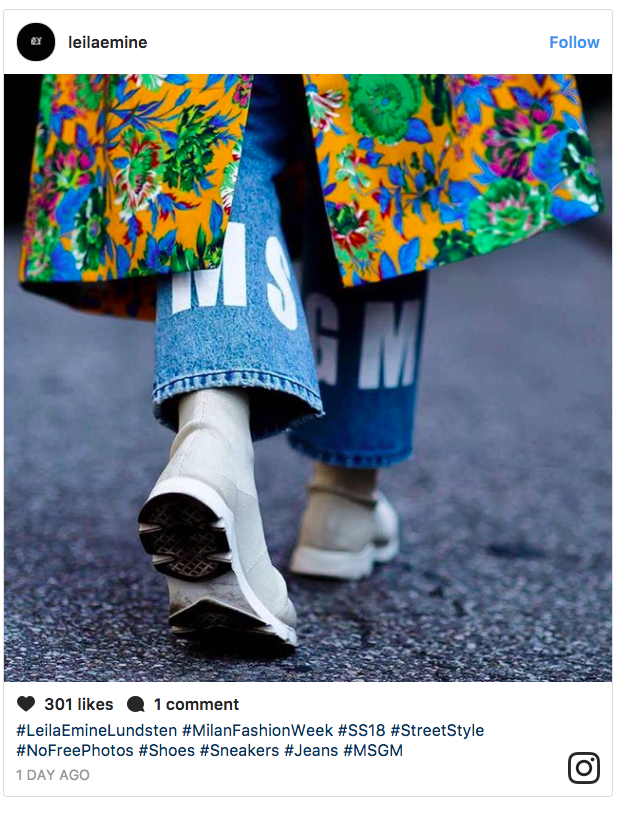
#NOFREEPHOTOS Fashion Photographers Take A Stand For Their Rights
In Milan, this past weekend according to WWD, about 40 photographers have come together publicly to protest against the unauthorised use of their street style photography.Members of the group, which calls itself an "unofficial union" named "The Photographers," have begun adding the agreed hashtag #NoFreePhotos to images uploaded on their Instagram accounts to take a stand against the commercial use being made of their photos.
After 16 Years - Hussein Chalayan Returns To The London Fashion Week Show Schedule
British based designer, Hussein Chalayan, who has shown his collections in Paris for over a decade, has returned to the London Fashion Week schedule. The designer presented his collection at Sadlers Wells theatre, a well know home for some of the designers most dramatic shows.
